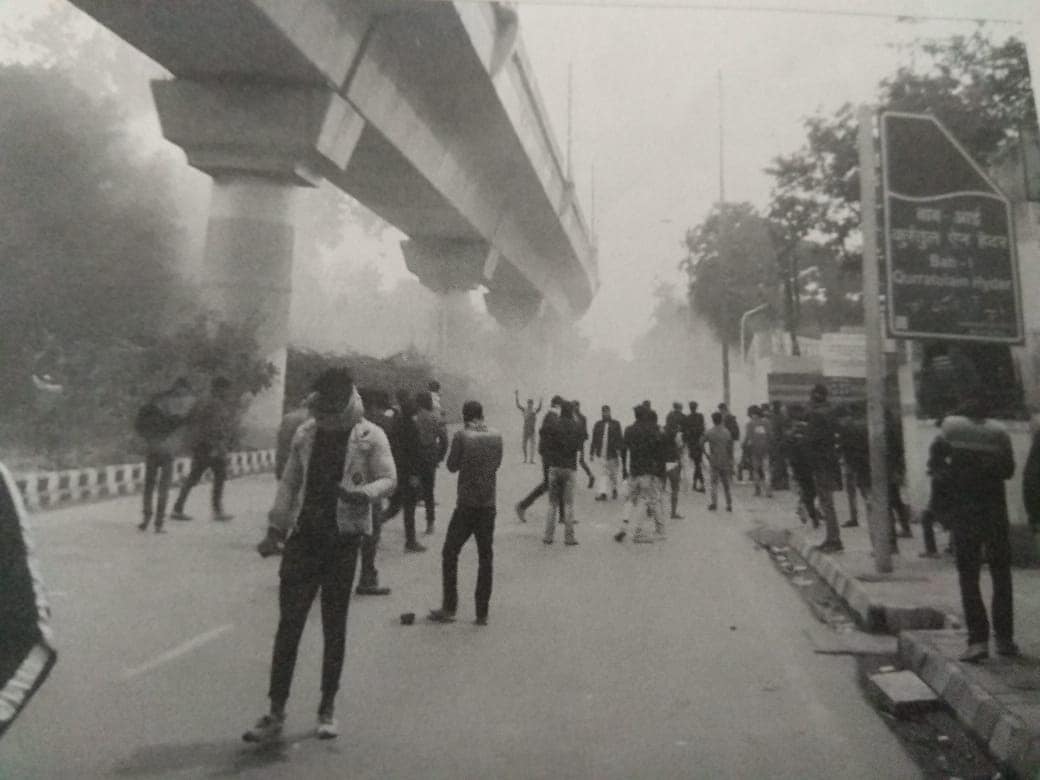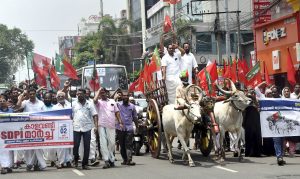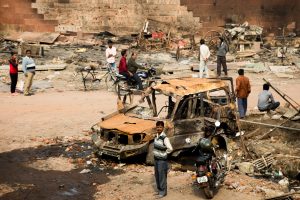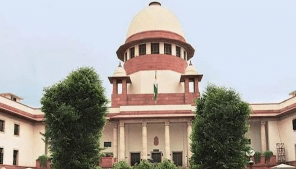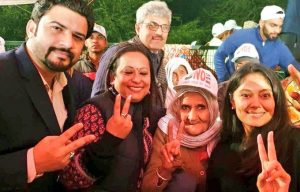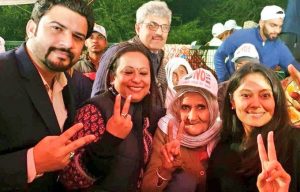Before the nationwide lockdown was implemented to curb the spread of coronavirus, the country was witnessing protests since mid-December by the continuous angst against the Citizenship Amendment Act (CAA) and National Register of Citizens (NRC).
India witnessed a lot of anti-CAA, anti-NRC protests including violence by police, arrest and detention of the protesters and in some parts, violence by the demonstrators.
But how did CAA and NRC laws become so controversial leading to months-long protests?
What is CAA?
The Citizenship Act, 1955 determines rules for the acquisition and determination of one getting or having an Indian citizenship. The law has been amended five times, in 1986, 1992, 2003, 2005, 2015 and 2019.
The latest amendment to the Act allows the immigrants from three Muslim-majority neighbuoring countries – Pakistan, Bangladesh, and Afghanistan – to get the citizenship of India. But it only allows Hindus, Parsis, Sikhs, Jains, Buddhists, and Christians, who escaped religious persecution, to get citizenship barring the Muslims.
The 2019 amendment also reduces the time frame to six years against the previous limit of 12 years.
Thus, if a Hindu, Sikh, Jain, Parsi, Buddhist, or, Christian has been staying in India since or before December 31, 2014, they will become eligible for Indian citizenship.
The Act was passed by both houses of Indian Parliament, Lok Sabha and Rajya Sabha, in December 2019, triggering massive protests across the nation. The Act has been widely criticised for being ‘anti-Muslim’ as it only bars Muslims from getting the Indian citizenship. It has been also criticised for violating the Article 14 of the Constitution which guarantees equality to all persons, citizens and foreigners.
What is NRC?
The Citizenship Amendment Act in India will be used in conjunction with the National Register of Citizens (NRC) to classify who will, or will not, be eligible for Indian citizenship and who will be classified as ‘illegal immigrant’.
The NRC was first implemented in the north-eastern state of Assam where there is a massive influx of religious minorities, mainly Hindus, from Bangladesh. But with the amendment of Citizenship Act, the Indian government had also brought up the topic of implementing nation-wide NRC, fuelling further fear and panic across the country.
The NRC is an official record of the legal citizens of India, including demographic information of the Indian citizens as per the Citizenship Act, 1955. Till now, the NRC has only been drawn up for Assam.
The NRC had so far been an Assam-specific exercise to keep the ethnic uniqueness intact. The process of updating the NRC in Assam was started in 2015 and the final list was updated in 2019, leaving over 1.9 million applicants off the list. However, after protests and backlash, the Ministry of Home Affairs declared that the NRC will be carried out in the state again.
There had been talks of implementation of a nation-wide NRC, which will enable the government to identify the infiltrators, detain them or deport them back to their home countries.
What will NRC + CAA do?
If NRC is implemented in the nation, as mentioned above, it will identify the infiltrators who have been living in India without any proof of their citizenship. However, if the person is Hindu, Sikh, Jain, Parsi, Buddhist, or, Christian coming from Afghanistan, Pakistan and Bangladesh, he or she would not be affected as they can claim their citizenship under the CAA.
This means the NRC is, if implemented, poses a threat to the people, of any religion, coming from countries other than Pakistan, Afghanistan and Bangladesh. Thus, it can cause a huge problem from the Tibetan refugees, Sri Lankan Tamil and Rohingya Muslims.
Moreover, it also poses a threat to the Indian Muslims, if they fail to provide documents to prove their citizenship, and may be deemed as illegal immigrants and sent to detention centres, as they have not been included in the Citizenship Amendment Act, 2019.

